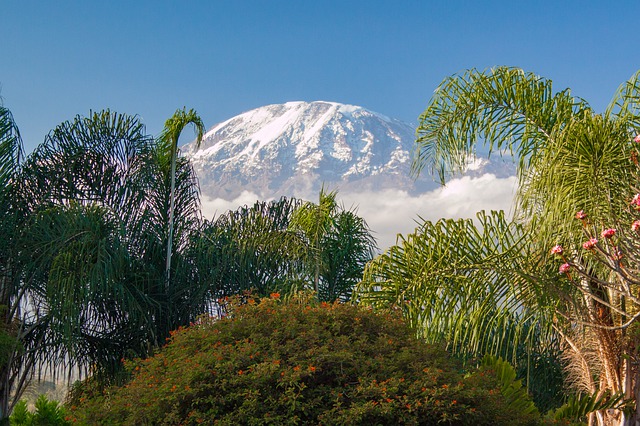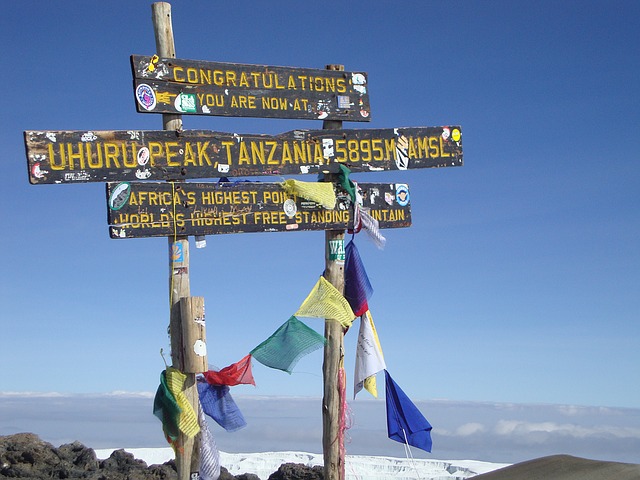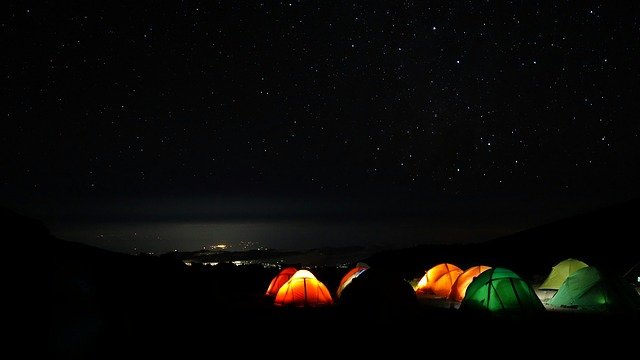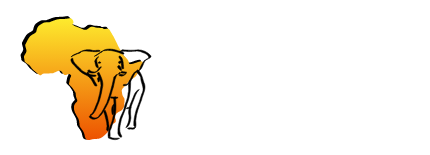
When is the best time to climb Kilimanjaro
The majestic Mount Kilimanjaro, located in Tanzania, is one of the most iconic peaks in the world. Standing at an impressive height of 5,895 meters (19,341 feet), it is the tallest mountain in Africa and a bucket-list destination for adventurers and nature enthusiasts alike. But when is the best time to climb Mount Kilimanjaro? The answer to this question depends on various factors, including weather, crowds, and personal preferences. In this article, we will explore the different seasons and factors to consider when planning your Kilimanjaro expedition.
The weather on Mount Kilimanjaro is a crucial factor to consider when deciding the best time to climb. The mountain is located close to the equator, which means it experiences a tropical climate with distinct wet and dry seasons.

The Changing Seasons
The dry seasons are generally considered the best times to climb Kilimanjaro as the weather is more favorable for trekking. The two dry seasons on Kilimanjaro are from January to mid-March and from late June to October. During these periods, the weather is generally stable with lower chances of rain and clear skies, making for better visibility and more enjoyable climbing conditions. The months of January and February are particularly popular as the weather is mild, and the mountain is less crowded compared to the peak tourist season from June to October.
January and February are also the warmest months on Kilimanjaro, with average daytime temperatures ranging from 15 to 20 degrees Celsius (59 to 68 degrees Fahrenheit) at the base of the mountain to below freezing temperatures at the summit. These warmer temperatures make trekking during the day more comfortable, and the nights are not as bitterly cold as during other times of the year. It is worth noting, however, that temperatures can still drop significantly at night, especially at higher elevations, so proper gear and clothing are essential regardless of the season.
Another important factor to consider when planning your Kilimanjaro climb is the rainfall patterns on the mountain. Mount Kilimanjaro receives rainfall throughout the year, but the wettest periods are during the two rainy seasons, which occur from mid-March to the end of May and from November to December. During these months, the mountain experiences heavy rainfall, which can result in slippery trails, muddy conditions, and reduced visibility. Trekking during the rainy season can be challenging and uncomfortable, and it is generally not recommended.

The rainy season also increases the risk of altitude sickness as the rain can exacerbate the effects of high altitude, making it harder for the body to acclimatize. The trails can also be less crowded during the rainy season due to the unfavorable weather conditions, which means there may be fewer fellow trekkers and less support on the mountain.
Avoiding the crowds
In addition to weather considerations, the crowds on Mount Kilimanjaro can also impact your climbing experience. Kilimanjaro is a popular destination, and the number of climbers varies depending on the time of year. The peak climbing season on Kilimanjaro is from June to October and from December to February, coinciding with the dry seasons. During these months, the mountain can get crowded, with many trekkers attempting to summit the peak.
The crowded trails can result in longer wait times, less privacy at campsites, and a less intimate experience with nature. However, the advantage of climbing during the peak season is that you are more likely to encounter other trekkers and have a sense of camaraderie during the journey. The dry season also offers better visibility, allowing you to enjoy the stunning landscapes and panoramic views of the surrounding savannahs, forests, and glaciers.
Climbing Kilimanjaro is a bucket-list item for many, as it offers a challenging and rewarding experience with stunning landscapes and breathtaking views. However, choosing the right time to climb Kilimanjaro is crucial for a successful and enjoyable trek. After discussing all the main factors we recommend that you review all the options against what you value the most to help you work out the best time to climb Kilimanjaro.
As an experienced local provider of Kilimanjaro climbs since 2010, Sawa Africa Adventures is able to work with any budget and travel itinerary requirements to tailor a climbing package that works for all. Our team of local experts are on hand to answer any queries and questions you may have about organising your Kilimanjaro climb.
Contact us at sawaafricaadventures@gmail.com or through our website’s contact form for more details.
